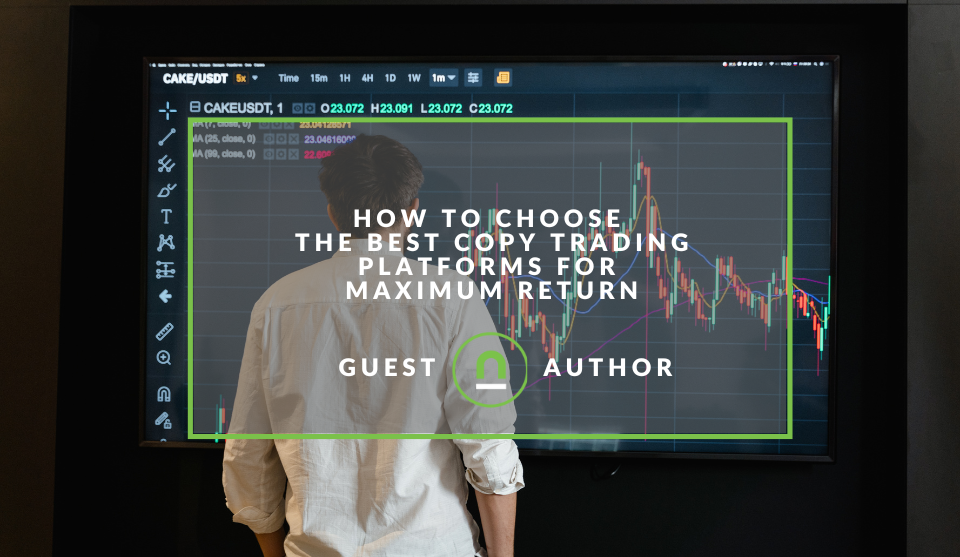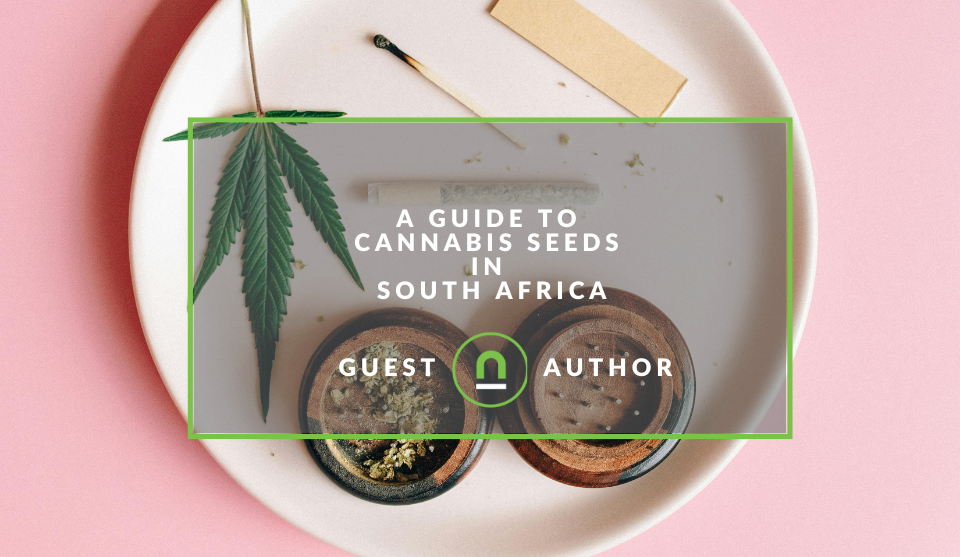Recent posts

Shopaholics
How to Choose A Perfect 2-Seater Couch for Small Spaces
28 February 2025

Money Talks
How Crypto Technology Continues To Revolutionise The Business World
27 February 2025

nichemarket Advice
How to Choose the Best Copy Trading Platforms for Maximum Return
24 February 2025

Mind, Body & Soul
A Guide to Cannabis Seeds in South Africa
21 February 2025
Popular posts
Extravaganza
Trending Music Hashtags To Get Your Posts Noticed
24 August 2018
Geek Chic
How To Fix iPhone/iPad Only Charging In Certain Positions
05 July 2020
Extravaganza
Trending Wedding Hashtags To Get Your Posts Noticed
18 September 2018
Money Talks
How To Find Coupons & Vouchers Online In South Africa
28 March 2019
How To Calculate ROI For SEO
14 November 2016 | 0 comments | Posted by Che Kohler in nichemarket Advice
It is a question I've had to answer many times, a question plaguing so many business owners, management teams and stakeholders. It's a question I will continue to receive in future and a question that as complex as it may seem is pretty easy to answer.
How do I calculate return on investment for SEO?Along with that question comes a few popular related questions
- How do I know what SEO is worth to my business?
- How can you justify the time, resources and cost involved?
- What is an in-house SEO worth?
- Is outsourcing my SEO more cost-effective?
Metrics you need to consider
So once you've made your changes to the site, on page optimisation, added unique content, rich keywords, and all that jazz its time to calculate its effects. For this example, we will assume 2015 had no SEO work done and 2016 did.- Branded traffic Any SEO worth his salt will always begin in working on brand search term SERP dominance. It is a great place to start building consistent traffic. What you will need to do here look at your average monthly brand term growth before work so 2015 you're brand traffic grew by 10% while in 2016 it grew by 14%. Example:
- 2015 my average organic brand traffic was growing at 10%
- 2016 my average organic brand traffic is growing at 14%
- Non-branded traffic Non-branded traffic is a little easier since before SEO was done you were naturally competing for the same keywords. SEO would have made you more competitive for already targeted keywords and increased your reach to other keywords. So you would take your marginal growth, no growth or negative growth you're getting from non-branded terms as your base and subtract from the current growth rate. Example:
- 2015 my average organic brand traffic was growing 5%
- 2016 my average organic brand traffic is now growing at 30%
- Referral/inbound links A solid SEO strategy cannot be executed without link building, keeping track of the new links that were built, the amount of traffic they brought in and conversions need to be factored into your calculations. Let us assume you received 8 new links, which resulted in 12 direct conversions and the value of referrals is R650 per conversion which resulted in R7800 additional revenue.
- Conversions This is where it gets a bit tricky since we cannot attribute one keyword to conversion. What we would do here is take the amount of uplift traffic
- 4% of brand
- 25% of non-brand
- 4% brand = 300 sessions
- 25% non-brand = 800 sessions
- Revenue Now you would take the average value of a conversion or in eCommerce the average value of purchase within that channel Example:
- Average purchase on organic is R950
- 23 conversions x R950 average basket value = R21 850
- Assisted conversions Take your previous years assisted conversions and add your average growth of that year and subtract it from the current assisted conversion growth. Example: Assisted organic conversions in 2015 was 130 + 10% = 143 Assisted organic conversions for 2016 is 222 So you have an uplift of 79 additional conversions. You can pull the assisted conversion value in the same way, let's say for this example it worked out to R12 500
If you do above the line advertising this can get a bit tricky in removing those spikes.
Bringing it all together
Now once you have the value of:- Revenue gains from brand
- Revenue gains from non-brand
- Revenue gains from new referral links
- Revenue gains from assisted conversions
- Revenue from
brand and non-brand = R21 850 - Revenue from new referral links = R7800
- Revenue from assisted conversions = R12 500
- Total revenue = R42 1500
- Dev cost
- Front end design cost
- SEO strategy
- Content writing
The Good News
All I've explained today can easily be formulated into a custom dashboard using excel or a data analysis tool that you prefer.Considering SEO for your business
SEO if done correctly is like compound interest on steroids, its the gift that keeps on giving. I've seen it so many times businesses wake up late and want to latch on an SEO strategy when they've already made so many crucial mistakes and lost out on so much potential traffic. Retrofitting your website for SEO is probably one of the most painful tasks you will ever undertake in your lifetime. So if you want to make SEO a big part of your strategy, you owe it to yourself and your business to set up a solid foundation to build your digital empire from.Contact us
If you want to know more about the value of SEO don’t be shy we’re happy to assist. Simply contact us hereYou might also like
4 Benefits of Using Epoxy Glue for Your DIY Projects
05 February 2025
Posted by Jonathan Simms in Constructive Criticism
Learn all about the power of epoxy glue for your DIY projects! Learn about its strength, versatility, gap-filling, and clear finish. Elevate your cre...
Read moreAn Introduction to Forex Trading Contests
14 February 2025
Posted by Joody Silous in Money Talks
An introduction to the world of forex trading contests, why forex brokers offer this incentive and how traders can make the most of these offerings w...
Read more{{comment.sUserName}}
{{comment.iDayLastEdit}} day ago
{{comment.iDayLastEdit}} days ago
 {{blogcategory.sCategoryName}}
{{blogcategory.sCategoryName}}

